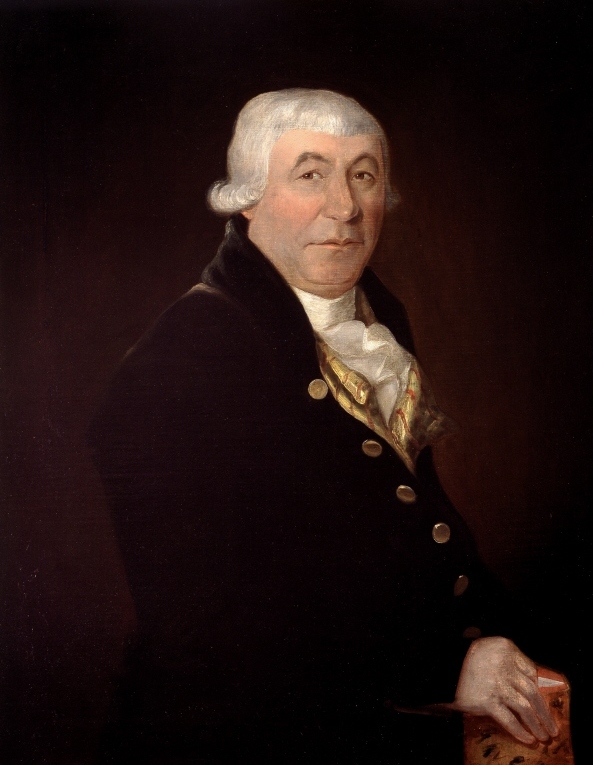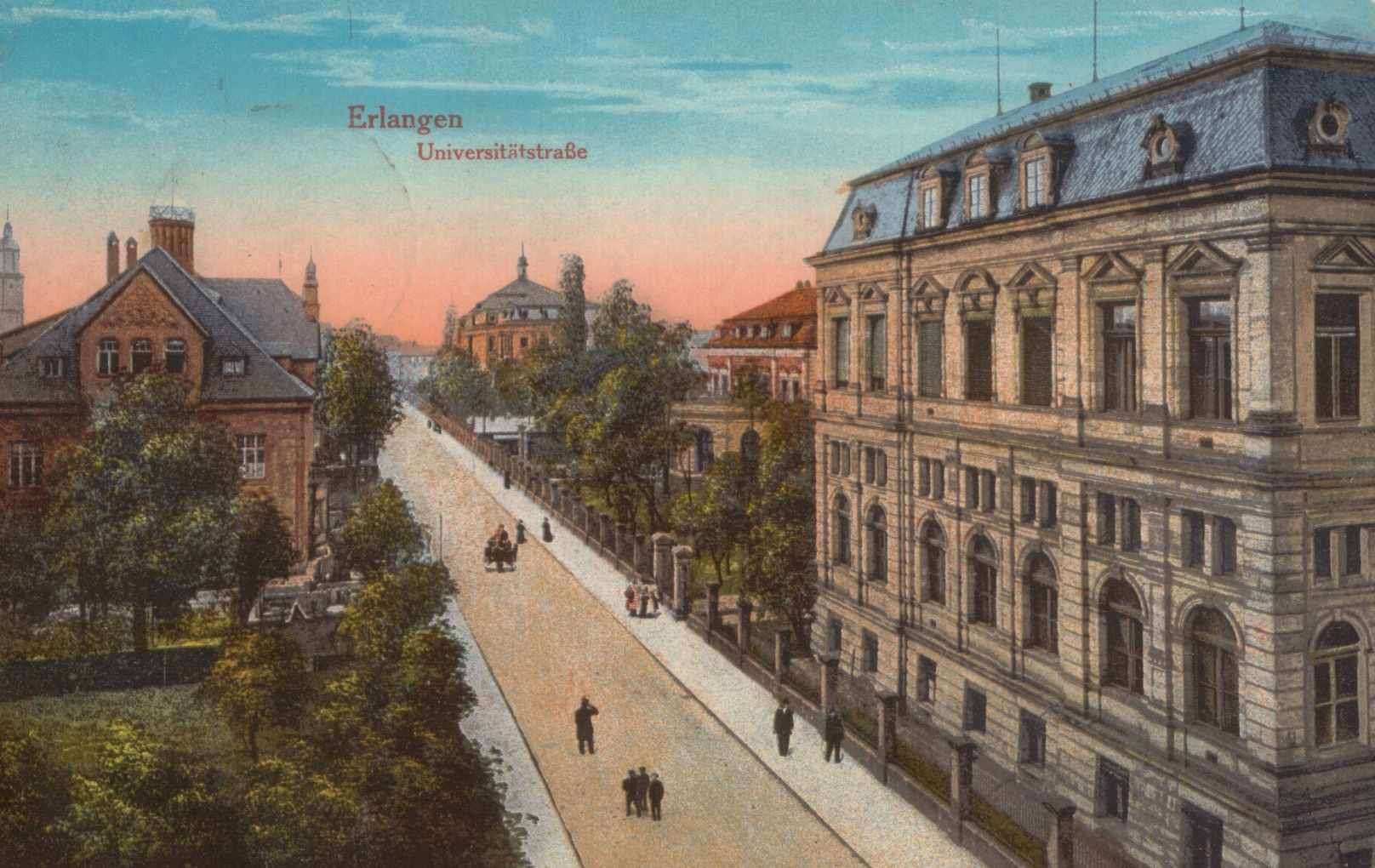|
Israel Kleiner (mathematician)
Israel Kleiner is a Canadian mathematician and historian of mathematics. Kleiner earned an MA at Yale University (1963) and a PhD at McGill University (1967) under Joachim Lambek with a thesis ''Lie modules and rings of quotients''. Before his retirement as professor emeritus, he spent his career as a mathematics professor at York University, where he was a member of the faculty since 1965 and where he coordinated the training program for mathematics teachers teaching at the secondary school level. He is noted for his work on the history of algebra and on the combination of the history of mathematics and mathematics education. He received the Carl B. Allendoerfer Award in 1987 and again in 1992, the George Pólya Award in 1990, and the Lester Randolph Ford Award in 1995. He was in the mid 2000s vice-president of the Canadian Society for the History and Philosophy of Mathematics. Selected works Books ''Turning Points in the History of Mathematics''(with Hardy Grant), Birkhäuse ... [...More Info...] [...Related Items...] OR: [Wikipedia] [Google] [Baidu] |
McGill University
McGill University (French: Université McGill) is an English-language public research university in Montreal, Quebec, Canada. Founded in 1821 by royal charter,Frost, Stanley Brice. ''McGill University, Vol. I. For the Advancement of Learning, 1801–1895.'' McGill-Queen's University Press, 1980. the university bears the name of James McGill, a Scottish merchant, whose bequest in 1813 established the University of McGill College. In 1885, the name of the university was officially changed to McGill University. Its main campus is on the slope of Mount Royal in downtown Montreal in the borough of Ville-Marie, with a second campus situated in Sainte-Anne-de-Bellevue, west of the main campus on Montreal Island. The university is one of two members of the Association of American Universities located outside the United States, alongside the University of Toronto, and is the only Canadian member of the Global University Leaders Forum (GULF) within the World Economic Forum. The ... [...More Info...] [...Related Items...] OR: [Wikipedia] [Google] [Baidu] |
Joachim Lambek
Joachim "Jim" Lambek (5 December 1922 – 23 June 2014) was a Canadian mathematician. He was Peter Redpath Emeritus Professor of Pure Mathematics at McGill University, where he earned his PhD degree in 1950 with Hans Zassenhaus as advisor. Biography Lambek was born in Leipzig, Germany, where he attended a Gymnasium. He came to England in 1938 as a refugee on the ''Kindertransport''. From there he was interned as an enemy alien and deported to a prison work camp in New Brunswick, Canada. There, he began in his spare time a mathematical apprenticeship with Fritz Rothberger, also interned, and wrote the McGill Junior Matriculation in fall of 1941. In the spring of 1942, he was released and settled in Montreal, where he entered studies at McGill University, graduating with an honours mathematics degree in 1945 and an MSc a year later. In 1950, he completed his doctorate under Hans Zassenhaus becoming McGill's first PhD in mathematics. Lambek became assistant professor at Mc ... [...More Info...] [...Related Items...] OR: [Wikipedia] [Google] [Baidu] |
York University
York University (), also known as YorkU or simply YU), is a public university, public research university in Toronto, Ontario, Canada. It is Canada's third-largest university, and it has approximately 53,500 students, 7,000 faculty and staff, and over 375,000 alumni worldwide. It has 11 faculties, including the Lassonde School of Engineering, Schulich School of Business, Osgoode Hall Law School, Glendon College, and 32 research centres. York University was established in 1959 as a non-denominational institution by the ''York University Act'', which received royal assent in the Legislative Assembly of Ontario on 26 March of that year. Its first class was held in September 1960 in Falconer Hall on the University of Toronto campus with a total of 76 students. In the fall of 1961, York moved to its first campus at Glendon Hall (now part of Glendon College), which was leased from U of T, and began to emphasize liberal arts and part-time adult education. In 1965, the university opene ... [...More Info...] [...Related Items...] OR: [Wikipedia] [Google] [Baidu] |
Carl B
Carl may refer to: *Carl, Georgia, city in USA *Carl, West Virginia, an unincorporated community *Carl (name), includes info about the name, variations of the name, and a list of people with the name *Carl², a TV series * "Carl", an episode of television series ''Aqua Teen Hunger Force'' * An informal nickname for a student or alum of Carleton College CARL may refer to: *Canadian Association of Research Libraries *Colorado Alliance of Research Libraries See also *Carle (other) *Charles *Carle, a surname *Karl (other) *Karle (other) Karle may refer to: Places * Karle (Svitavy District), a municipality and village in the Czech Republic * Karli, India, a town in Maharashtra, India ** Karla Caves, a complex of Buddhist cave shrines * Karle, Belgaum, a settlement in Belgaum ... {{disambig ja:カール zh:卡尔 ... [...More Info...] [...Related Items...] OR: [Wikipedia] [Google] [Baidu] |
George Pólya Award
The George Pólya Award is presented annually by the Mathematical Association of America (MAA) for articles of expository excellence that have been published in The College Mathematics Journal. The award was established in 1976, and up to two awards of $1,000 each are given each year. The award is named after Hungarian mathematician George Pólya. Recipients Recipients of the George Pólya Award have included: See also * List of mathematics awards This list of mathematics awards contains articles about notable awards for mathematics. The list is organized by the region and country of the organization that sponsors the award, but awards may be open to mathematicians from around the world. Som ... References {{Reflist, 30em Awards of the Mathematical Association of America ... [...More Info...] [...Related Items...] OR: [Wikipedia] [Google] [Baidu] |
Lester Randolph Ford Award
''The American Mathematical Monthly'' is a peer-reviewed scientific journal of mathematics. It was established by Benjamin Finkel in 1894 and is published by Taylor & Francis on behalf of the Mathematical Association of America. It is an expository journal intended for a wide audience of mathematicians, from undergraduate students to research professionals. Articles are chosen on the basis of their broad interest and reviewed and edited for quality of exposition as well as content. The editor-in-chief is Vadim Ponomarenko (San Diego State University). The journal gives the Lester R. Ford Award annually to "authors of articles of expository excellence" published in the journal. Editors-in-chief The following persons are or have been editor-in-chief: See also *''Mathematics Magazine'' *''Notices of the American Mathematical Society ''Notices of the American Mathematical Society'' is the membership journal of the American Mathematical Society (AMS), published monthly except f ... [...More Info...] [...Related Items...] OR: [Wikipedia] [Google] [Baidu] |
Elemente Der Mathematik
''Elemente der Mathematik'' is a peer-reviewed scientific journal covering mathematics. It is published by the European Mathematical Society Publishing House on behalf of the Swiss Mathematical Society. It was established in 1946 by Louis Locher-Ernst, and transferred to the Swiss Mathematical Society in 1976. Rather than publishing research papers, it focuses on survey papers aimed at a broad audience. History The journal ''Elemente der Mathematik'' was founded in 1946 by Louis Locher-Ernst under the patronage of the Swiss Mathematical Society (SMG) to disseminate pedagogical and expository articles in mathematics and physics. Locher-Ernst outlined the scope and objectives—emphasising support for secondary and tertiary instruction—in a letter to the SMG president in August 1945 and at the autumn members' meeting in Fribourg later that year. Early editorial responsibilities were assumed by Locher-Ernst alongside Erwin Voellmy, Ernst Trost and Paul Buchner, while an ... [...More Info...] [...Related Items...] OR: [Wikipedia] [Google] [Baidu] |
Emmy Noether
Amalie Emmy Noether (23 March 1882 – 14 April 1935) was a German mathematician who made many important contributions to abstract algebra. She also proved Noether's theorem, Noether's first and Noether's second theorem, second theorems, which are fundamental in mathematical physics. Noether was described by Pavel Alexandrov, Albert Einstein, Jean Dieudonné, Hermann Weyl and Norbert Wiener as the most important List of women in mathematics, woman in the history of mathematics. Transcribeonlineat the MacTutor History of Mathematics Archive. As one of the leading mathematicians of her time, she developed theories of ring (mathematics), rings, field (mathematics), fields, and algebras. In physics, Noether's theorem explains the connection between Symmetry (physics), symmetry and conservation laws. in . Noether was born to a Jewish family in the Franconian town of Erlangen; her father was the mathematician Max Noether. She originally planned to teach French and English after passin ... [...More Info...] [...Related Items...] OR: [Wikipedia] [Google] [Baidu] |
Year Of Birth Missing (living People)
A year is a unit of time based on how long it takes the Earth to orbit the Sun. In scientific use, the tropical year (approximately 365 solar days, 5 hours, 48 minutes, 45 seconds) and the sidereal year (about 20 minutes longer) are more exact. The modern calendar year, as reckoned according to the Gregorian calendar, approximates the tropical year by using a system of leap years. The term 'year' is also used to indicate other periods of roughly similar duration, such as the lunar year (a roughly 354-day cycle of twelve of the Moon's phasessee lunar calendar), as well as periods loosely associated with the calendar or astronomical year, such as the seasonal year, the fiscal year, the academic year, etc. Due to the Earth's axial tilt, the course of a year sees the passing of the seasons, marked by changes in weather, the hours of daylight, and, consequently, vegetation and soil fertility. In temperate and subpolar regions around the planet, four seasons a ... [...More Info...] [...Related Items...] OR: [Wikipedia] [Google] [Baidu] |
Living People
Purpose: Because living persons may suffer personal harm from inappropriate information, we should watch their articles carefully. By adding an article to this category, it marks them with a notice about sources whenever someone tries to edit them, to remind them of WP:BLP (biographies of living persons) policy that these articles must maintain a neutral point of view, maintain factual accuracy, and be properly sourced. Recent changes to these articles are listed on Special:RecentChangesLinked/Living people. Organization: This category should not be sub-categorized. Entries are generally sorted by family name In many societies, a surname, family name, or last name is the mostly hereditary portion of one's personal name that indicates one's family. It is typically combined with a given name to form the full name of a person, although several give .... Maintenance: Individuals of advanced age (over 90), for whom there has been no new documentation in the last ten ... [...More Info...] [...Related Items...] OR: [Wikipedia] [Google] [Baidu] |
Historians Of Mathematics
The history of mathematics deals with the origin of discoveries in mathematics and the mathematical methods and notation of the past. Before the modern age and the worldwide spread of knowledge, written examples of new mathematical developments have come to light only in a few locales. From 3000 BC the Mesopotamian states of Sumer, Akkad and Assyria, followed closely by Ancient Egypt and the Levantine state of Ebla began using arithmetic, algebra and geometry for purposes of taxation, commerce, trade and also in the field of astronomy to record time and formulate calendars. The earliest mathematical texts available are from Mesopotamia and Egypt – ''Plimpton 322'' ( Babylonian – 1900 BC),Friberg, J. (1981). "Methods and traditions of Babylonian mathematics. Plimpton 322, Pythagorean triples, and the Babylonian triangle parameter equations", ''Historia Mathematica'', 8, pp. 277–318. the ''Rhind Mathematical Papyrus'' (Egyptian c. 1800 BC) Chap. IV "Egyptian Mathematics and ... [...More Info...] [...Related Items...] OR: [Wikipedia] [Google] [Baidu] |




